

The research began by observing free camping technics. Following the sweet intoxication of the chosen austere life, as it is analyzed in the theory of degrowth , the camper, taking the role of the anonymous architect, collects natural materials from his environment and builds his temporary house on the beach. In anonymous architecture, collectors-creators use methodologies and practices, either by choice or conscienceless and sometimes for bread-winning purposes, which subject to art forms.Their crafts incorporate terms related to reuse, improvisation, assembly, emphasizing the paradox and practicality versus minimalism and sophisticated architecture. For this practices, Anthropologist Levi-Strauss introduced the term “bricolage”, as first mentioned in 1962, and architect Charles Jencks with the term “adhocism” which introduced in Architecture in 1968.Thus, drawing inspiration from the anonymous architects and, especially from the campers, who incorporate the processes and theories I mentioned above, I was led to the analogy with the city.Such as the camper collects the natural materials from the beach and creates his temporary furnitures, thereby I collected industrial materals and items from the streets of the city and I created my own furniture of my home, following the above terms of my methology.
Supervisor: Kotionis Zissis
Reference Number: 889
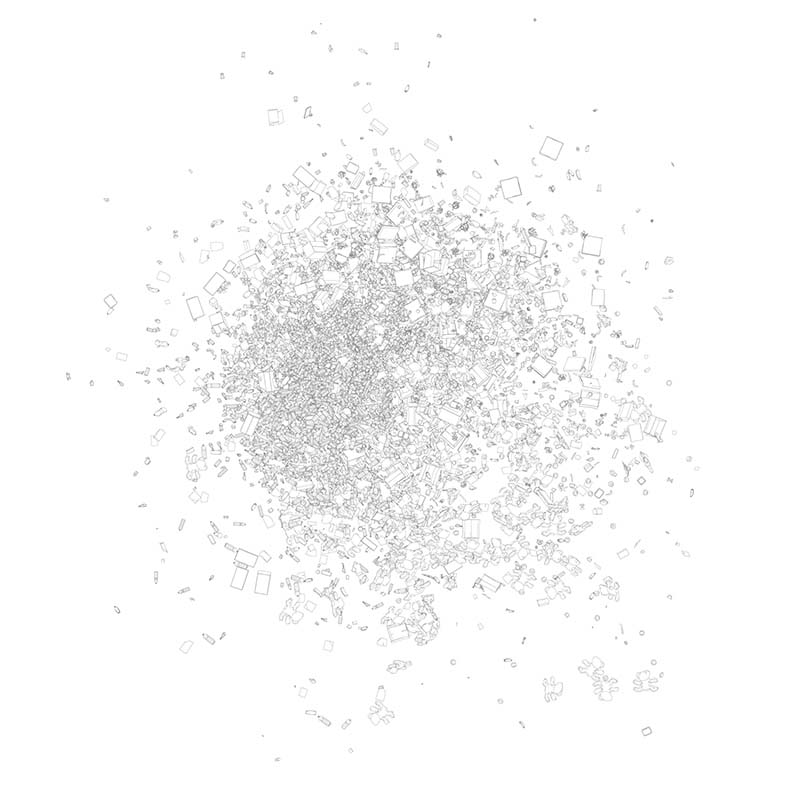

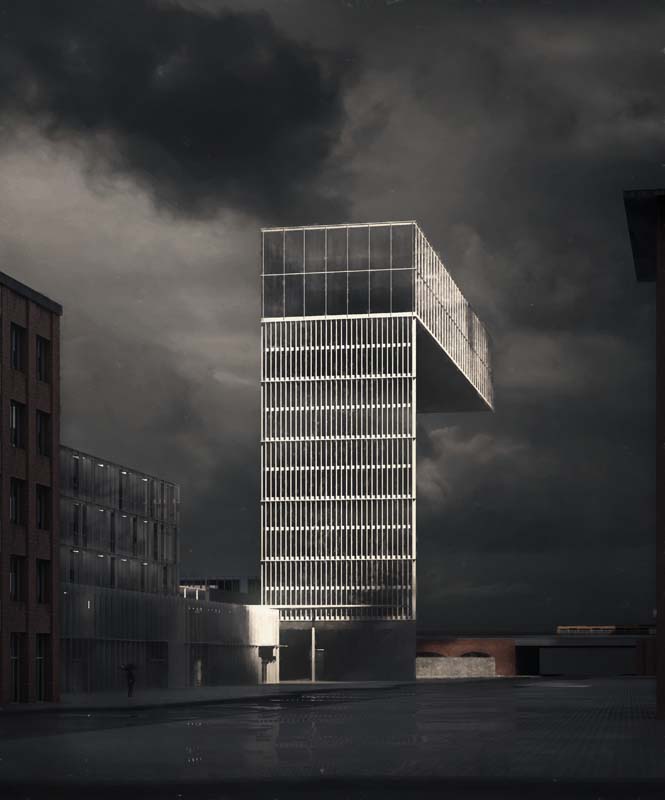

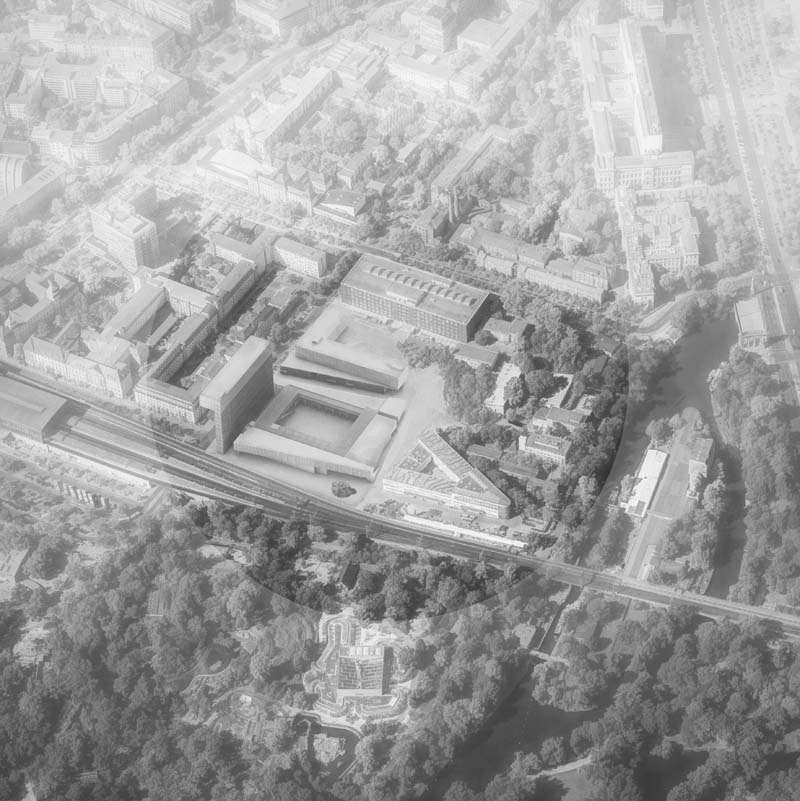

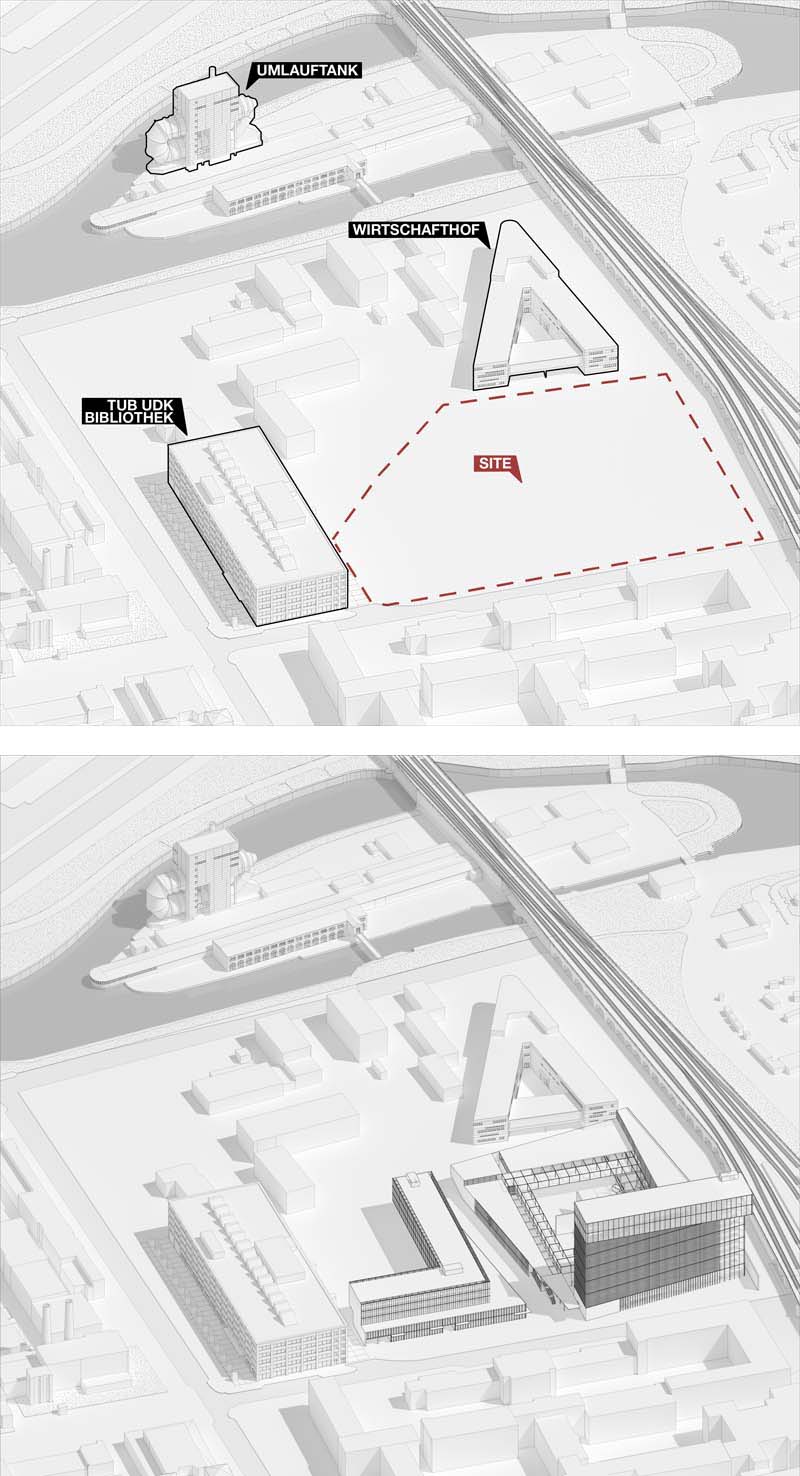

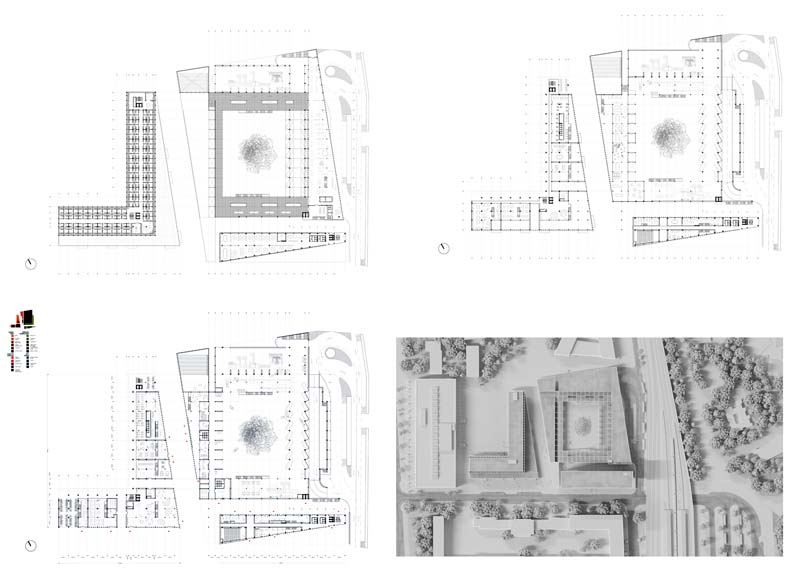

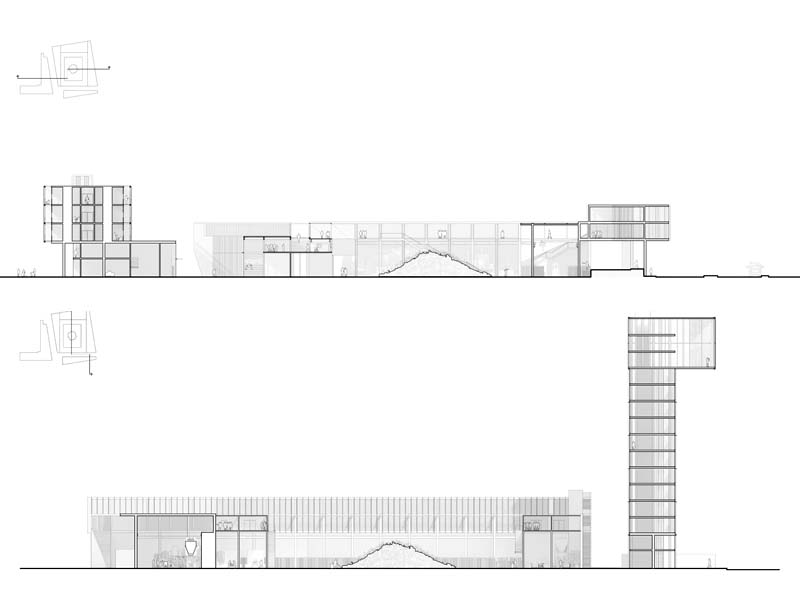

This diploma project refers to a different time. In this time, nothing vanishes. Nothing magically disappears from our toilets and our trash cans to unknown direction. Everything stays here, piled up, emblems of a coming community. And we all dance around them, around the beautiful nothingness, in love with the marks that time cannot erase, being true ecologists.
Springboard to this project was the video-essay of philosopher Slavoj Žižek, in the documentary Examined Life. There, Žižek addresses the relationship that mankind retains with its waste, the problematic issues of modern ecology and possible theoretical outlets. The video starts with a general shot of a trash pile and Žižek saying “This is where we should start feeling at home”.
In regard now to the actual product of this academic project, there has been designed a recycling and sorting center in which, most importantly, trash are in open display. To this is added a second-hand market with several workshops that deal with the practices of processing recycled material or reusing and repairing existing products. The market’s and workshops’ main input comes from the recycling center. Moreover a student and volunteer/visitors’ housing unit is added along with offices for the public transport company, that owns the site. The recycling center works on an “industrial tourism” model that follows the one from agrotourism. In other words visitors work in the center and in return they live there and take part in the industrial life, its systems and chains of recycling.
With this project, besides the architectural proposal, I tried to find a different point of view on the ecological discourse. And through the lens of trash, which was used to zoom in to the city, an endoscopic view of existence might have been occurred.
Supervisor: Paniyiris Costis
Reference Number: 868
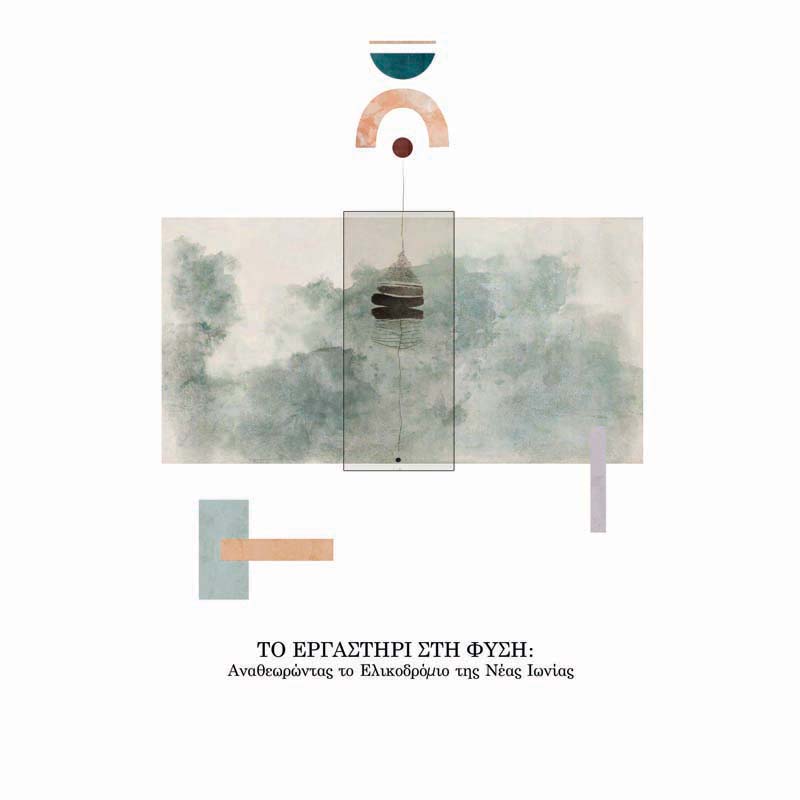



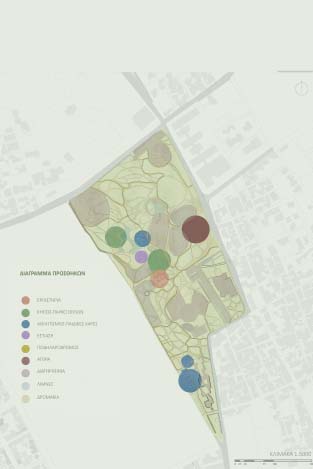

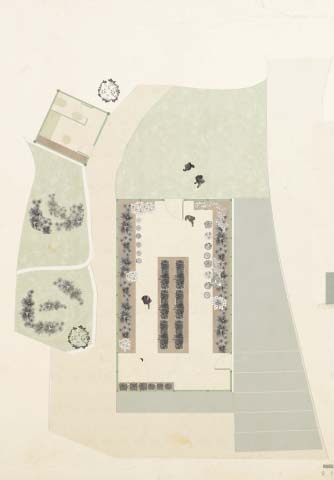

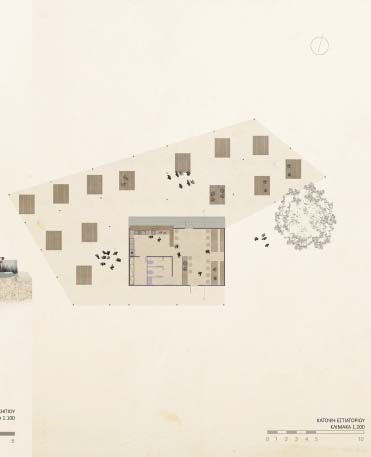



We are living at a time where new needs are constantly being created, old habits are missed and alternative methods of decompression are sought. As observers, and as we have reconstructed ourselves experiences and desires, we focused on the meaning of familiarity from a different perspective. Our challenge was to find the way to externalize familiarity in a public space and to direct home outwards, at a time when introversion and isolation have reached their zenith. Thus, there were concerns such as: What does home mean to each person? What are its limits? Could home be expressed in collectivity terms? And could it be restructured into a public, open air area, like a park? Some of the house and yard activities we used to consolidate the final composition idea are food, clothing, entertainment, learning, leisure, cohabitation, workmanship and gardening. Along with the above, our environmental considerations for recycling and green growth were combined. At the same time, through our experiential observation after our visit in the Municipal Cultural Park in Nea Iwnia -known as Elikodromio- we ended up at the place where our ideas were consolidated. This park is one of the largest parks in the Municipality of Volos, but at the same time, it is characterized as one of the most abandoned and useless green area. The purpose of our interference is the regeneration of the park with installations and activities that respect the landscape and they strengthen its identity as a cultural park.
Supervisor: Papadimitriou Maria
Reference Number: 884
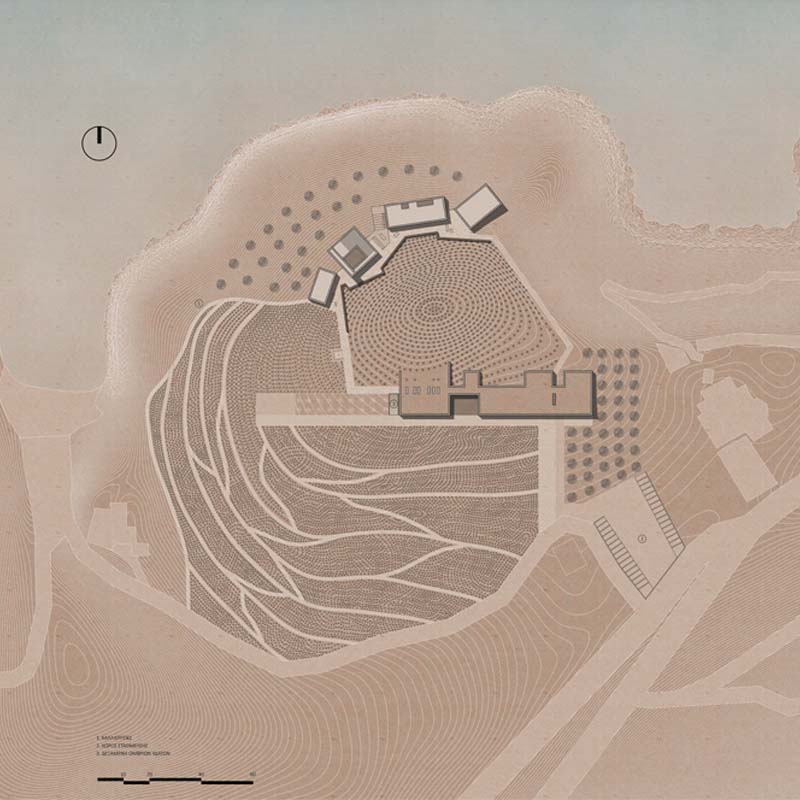





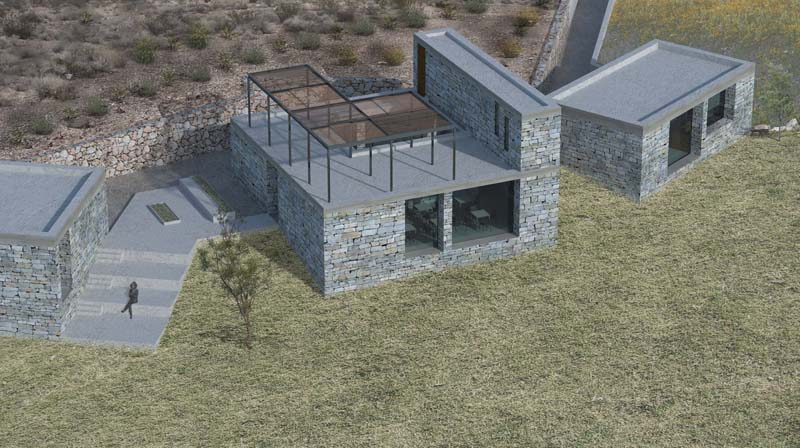



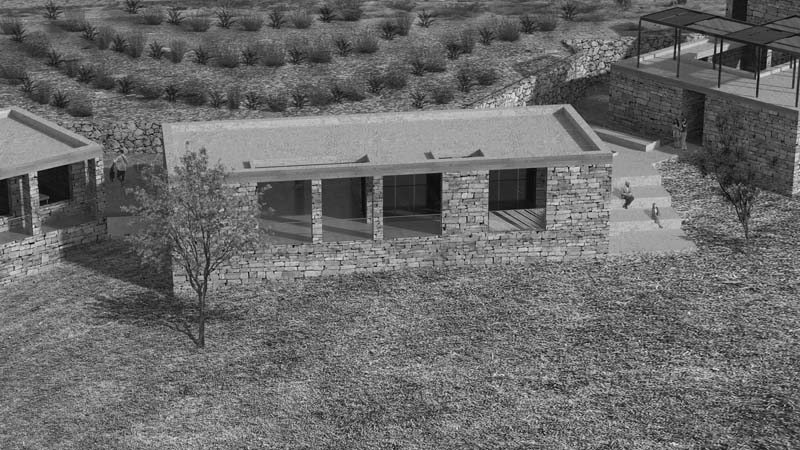

The island of Rhodes is a place of special natural wealth, in terms of endemic species of wild flora with medicinal properties (herbs).
After wandering in and out of the center of the island, meeting with locals citizens and representatives of institutions I got directed me to the west side of the island which is the most unused part in terms of tourism and also the most fertile.
I came to the conclusion that the best way for a "neglected" place to develop steadily and in the long run is through the reopening of the primary production sector and its parallel combination with the secondary.
The coastal settlement of Kamiros Skala, located on the west side of the island, meets the requirements for the creation of a plant for the production of aromatic and medicinal plants.
In this regard, a configuration in the rural landscape is proposed, which includes building structures of cultural and agritourism character and a crop system connected to the building. This intervention has as its main goal, first of all, the stimulation of the primary sector of the region through the promotion and utilization of the many possibilities offered by its flora with the later aim of the stimulation of the economy of the place itself.
Supervisor: Manolidis Kostas
Reference Number: 864
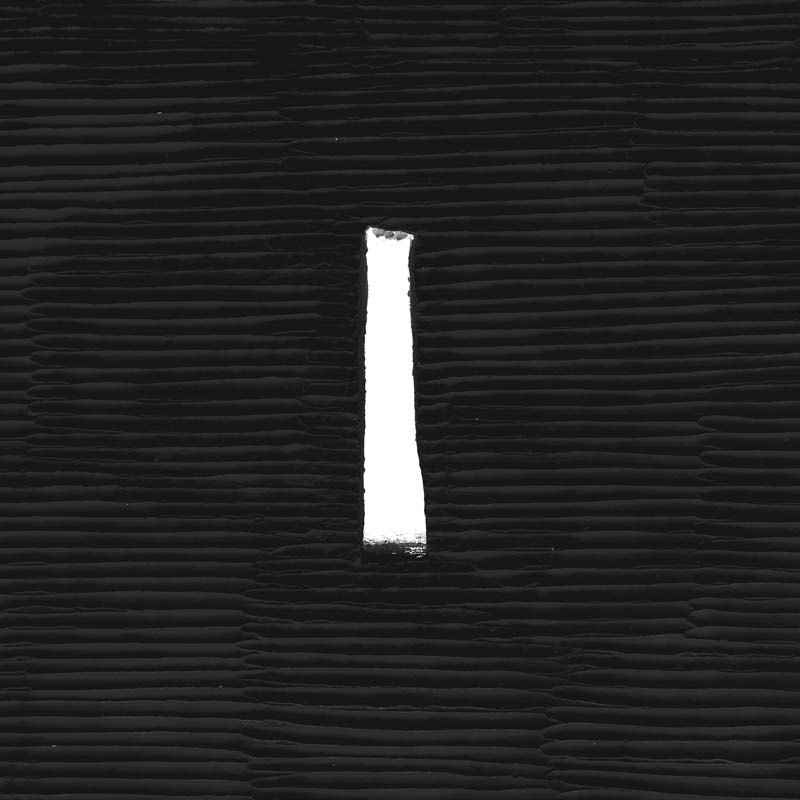

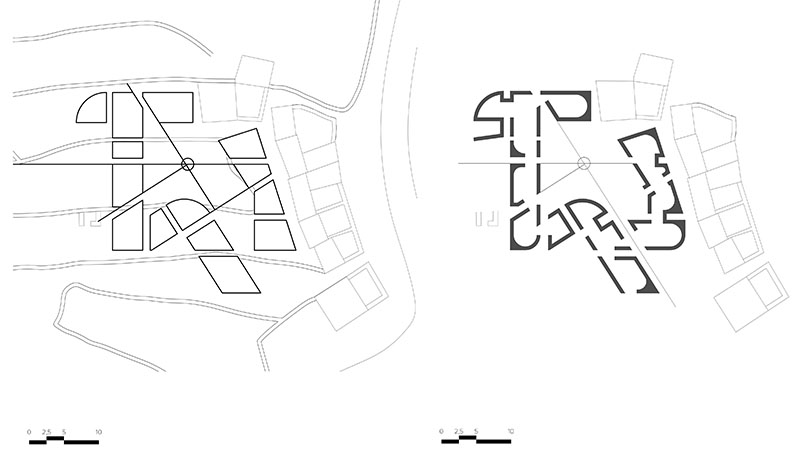



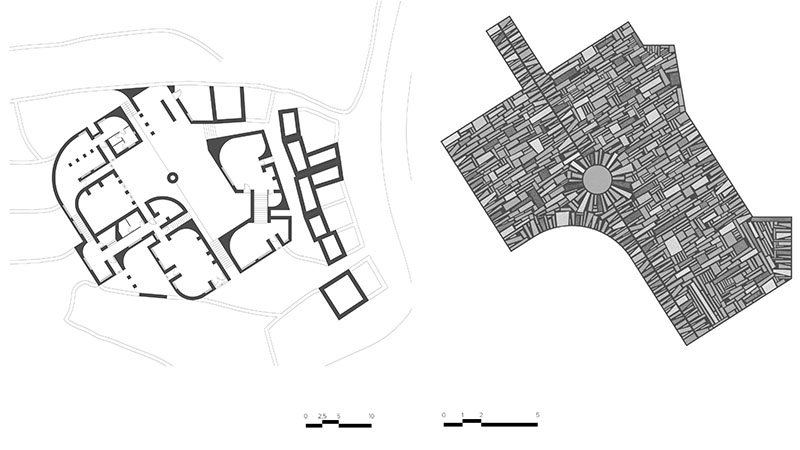

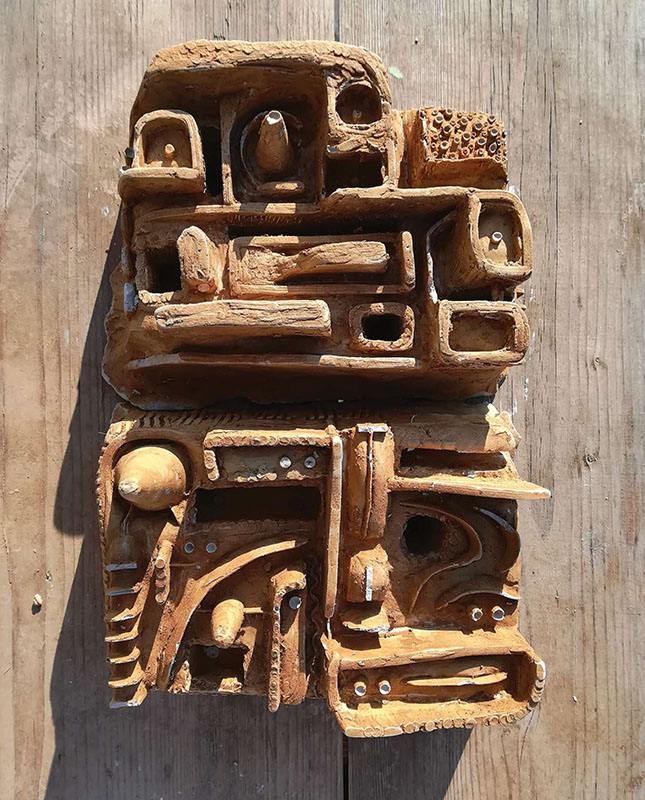

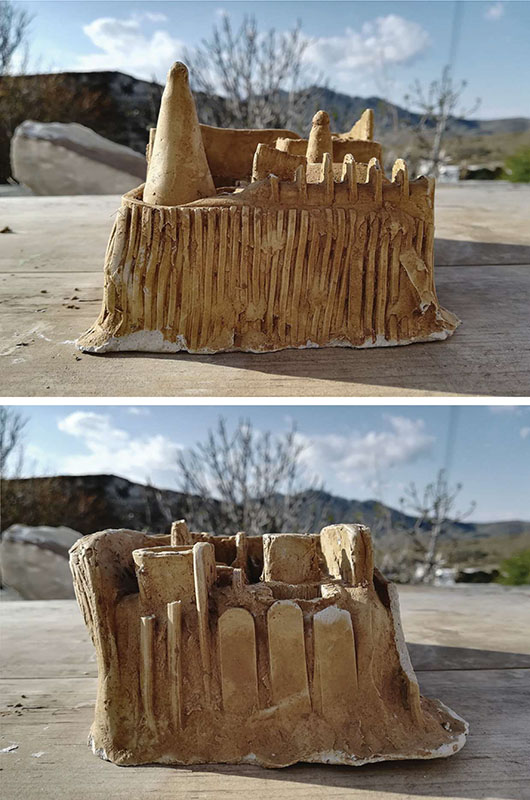

Sinafi is a proposal for the creation of a marble, sculpture and design workshop on the island of Tinos and specifically in the vil-lage of Pyrgos in the community of Panormos. The purpose of this proposal is the design of a place of crafting, socialization and ownership for students and graduates of the School of Fine Arts of Panormos Tinos, outside the school hours, as well as the re-design of a complex of abandoned stables, which will house the need for accommodation, sleep or storage of materials. The de-sign of the overall structure follows the tradition and techniques of the island, through the process of shredding. SHREDDING IS THE GUIDE. The craftsman breaks, cuts, removes the excess from the oncolithic beast and I follow him. I learn from the craftsman, I become a participant in the first stage of apprenticeship. And I shred ... The stone loves to cut and the craftsman loves shredding. The craftsmen enter the shredded building, next to the shredded stables made of shredded stones with the shredded memories and the shredding begins. After shredding comes sculpting. I sculpt the corners. I soften them, I bind them with the earth, with the a-perfect, with the incorrect. I still can not rid myself of this need for the right, no matter how much I shred it. So I hug it and sculpt it, camouflage it. The curves are my camouflage, so that the - no longer free - dry stone stave is not too afraid of this abuse that I am going to impose on it.
Supervisor: Manolidis Kostas
Reference Number: 919
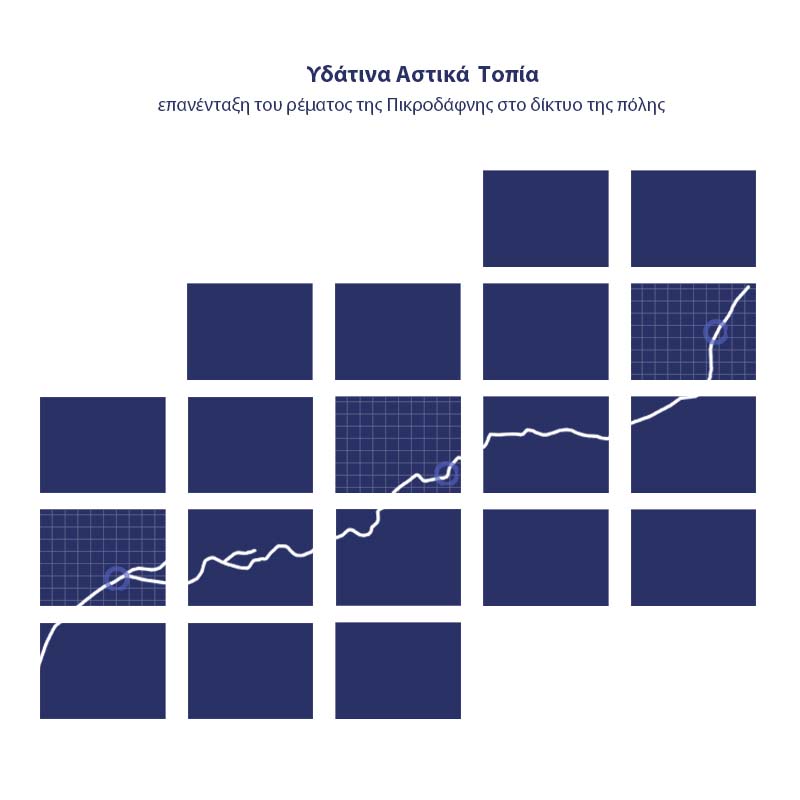



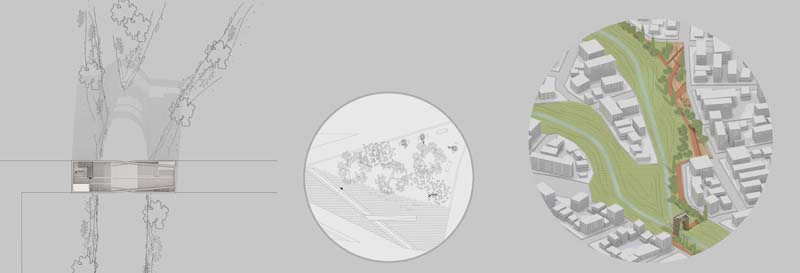





The rapid growth of the urban population, the absence of organized building planning, the arbitrary private and public construction as well as the usual tactic of the state to encroach on natural public lands, led to a degraded form of the urban environmental reserve. Water currents found in the cities can usually be characterized as urban voids, unable to be utilized and connected with their surroundings.
Despite the fact that, nowadays there are plenty of activated restoring mechanisms for the aquatic ecosystems worldwide, in Greece the tendency to cover them in favor of both road construction, and arbitrary structure extension has not yet been commonly eliminated.
A typical example is Pikrodafni stream in southeastern Athens, one of the few remaining aquatic ecosystems in Attica. The main goal of this diploma thesis is the protection of the physical attributes of the stream and its waterside zone, the enabling of its public character as well as its connection to the urban environment.
In order to achieve this, we attempt to understand the importance of the existence of the aquatic element in the urban environment, to chronicle the evolution of Pikrodafni stream over the years, to analyze the features of the areas it flows through and to explore the inhabitant’s interaction with the stream. Therefore we propose the creation of a public spaces network such as open green areas and paths alongside the stream, which can act as a boost towards the environmental upgrade of the adjacent neighborhoods. Utilizing the strong presence of educational institutions in the wider study area, our proposal aims to raise the environmental awareness of both students and the local community as a whole.
Supervisor: Mitroulias Giorgos
Reference Number: 857
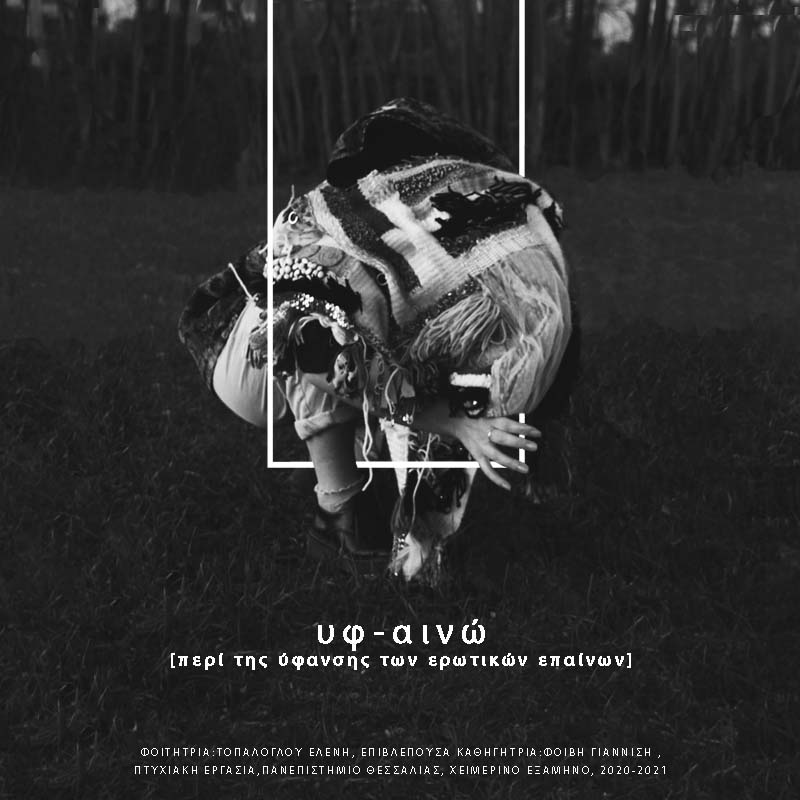

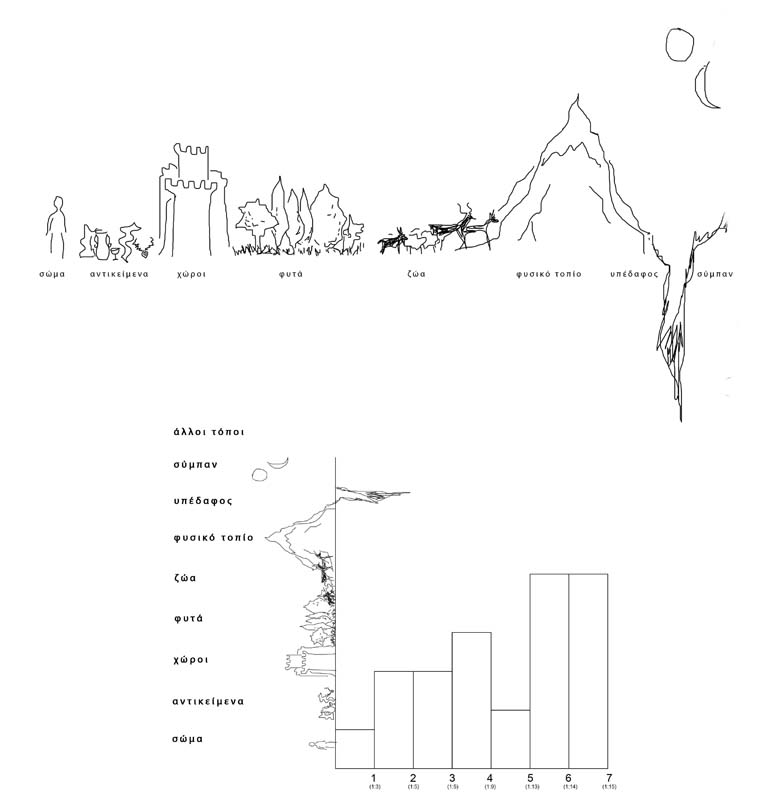

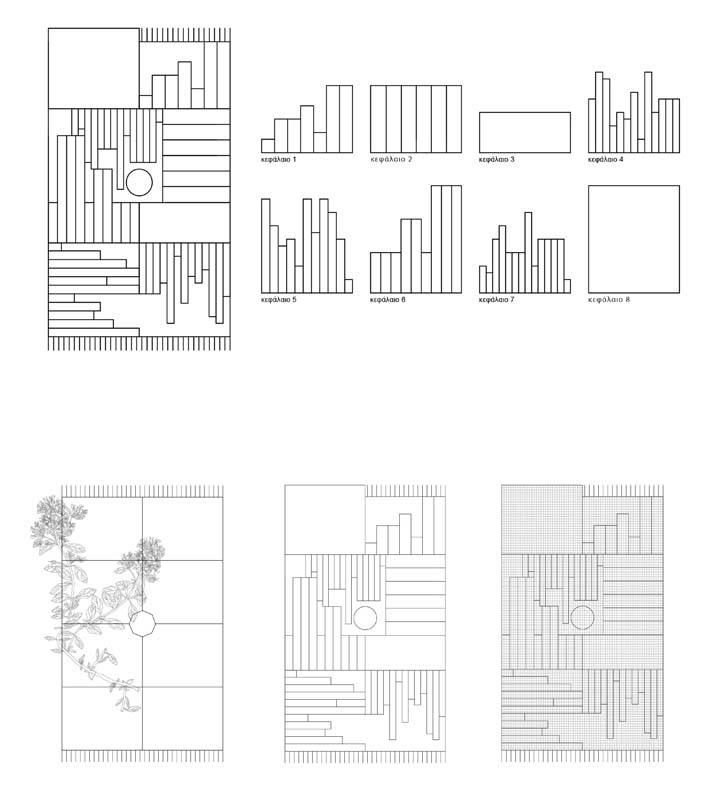



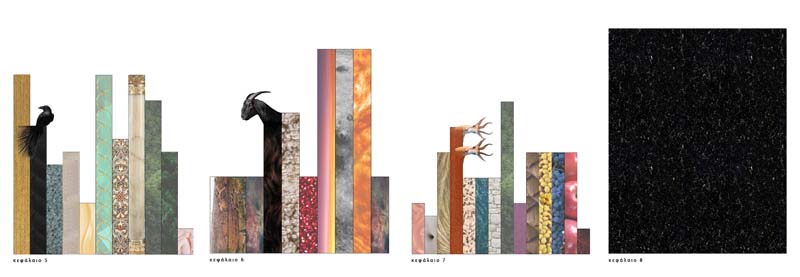



The weaving of erotic praises begins with the Jewish's ancient wedding poem Song of Songs. As a love song, it is full of praises, expressions of admiration, and honor. These expressions are made in the context of a symbolic garden. A paradise that brings to the fore the fullness of love. The structure, the way of expression, and the function of the poetic paradise refer to the Persian garden which brings by its own means the idea of paradise on earth. Persian rugs inspired by the Persian garden, in turn, symbolize paradise through the weaving of patterns. The poetic, the Persian, and the woven garden as surfaces bearing the idea of paradise which are composed on a new common surface on which the erotic praises are inscribed. This surface functions as a carpet that is a garden and a poem at the same time. On it, the lyrics of the Song are transformed into motifs that are translated both conceptually and sensually. The poetic carpet conveys the idea of love through the characteristics of the garden and is woven in a multimodal and multi-sensory way. And this weaving is not just a representation of lyrics on a surface but it is an experience that penetrates the weaver's body and defines it. The weaver makes the carpet and at the same time she talks about how the carpet and its materials are inscribed on her functioning as an integral part of her work. This experience is translated poetically and comes to converse with the woven motifs and lyrics of the Song through a synthetic dictionary. The poem is translated into motifs and finally into an experience that becomes a new poem, thus giving a circular movement to the poetry of this creation. Eventually, the process of weaving erotic praise is a multi-layered process that, in order to be completed, takes on erotic dimensions.
Supervisor: Giannisi Phoebe
Reference Number: 855
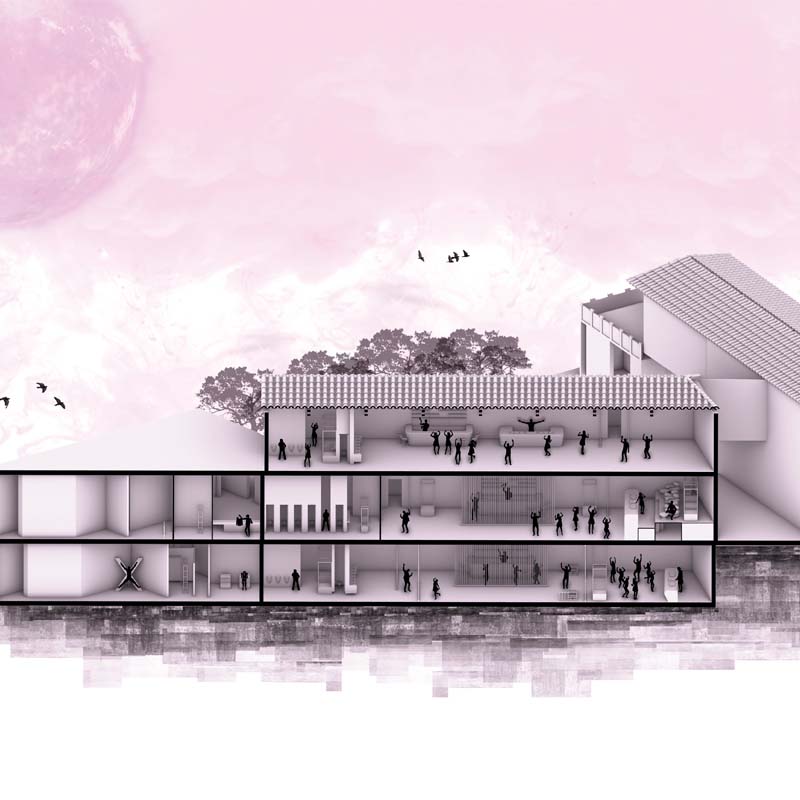

This thesis project is basically a literary expression, a "theatrical work" that comes to complete the work of the previous research project and to continue a cycle that is being created for more than a decade. Six individual acts of a fragmented "body" come to compose the wholeness, through theoretical and design approaches. The almost obsessive disposition to intermingle with Classical Antiquities as well as the unfulfilled desire to understand the ways they are being read, as well as the wider national narrative, has always projected an inner need, as an obligation, to contribute to the decrystallization of certain images. A decrystallization that can only be occured through desecration. The desecration not in the sense of a destruction of the material, but a simpler form of desecration which, according to Agamben, takes place through the contact [contagione] in the sacrifice itself that performs and regulates the transition of the victim from the human to the divine realm. What has been surgically separated and given to the gods can be re-assigned from the ritual to the realm of the profane. The transition from the sanctuared to the desecrated can even take place through a completely inappropriate use [or rather a new use] of the sanctuary.
Within a theoretical framework, in the first act, an attempt to read the history of Metaxourgeio is being made, as it is the district chosen for the birth of this idea, but without overshadowing its contemporary reality. In the second act, the readings of the history of Athens, the national narrative as well as a series of reflections, compose a text that, which as ultimate goal has, an introductory decrystallization of Classical Antiquity, always with respect and recognition of its value. In the third act, and since the design proposal focuses on night entertainment, the contribution of interdisciplinarity was considered necessary for a number of characteristics that it has, from the specific point of view that is being studied, always without missing the literary / emotional character of the general approach. In the fourth act, a record is being made of the formal characteristics and transitions of the field and the building itself, from the moment of its creation. In the fifth act, a detailed reading design of the architecture takes place, and finally in the sixth act, the design proposal is being presented, which comes through the collected knowledge of the previous acts, as parts of a fragmented body, to compose the wholeness.
Supervisor: Gavrilou Evelyn
Reference Number: 907

